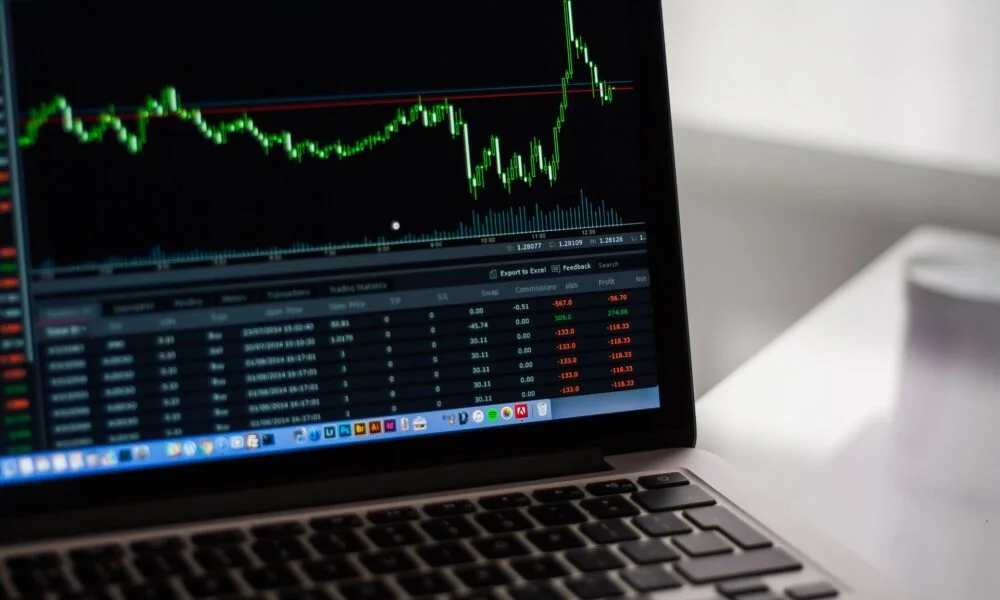
Navigating Volatility in Central Europe: Advanced Risk Management Strategies for Czech Traders
Financial markets are inherently dynamic, and for traders in Central Europe, particularly in the Czech Republic, navigating volatility has become an essential skill rather than a discretionary one. Sudden economic shifts, political developments, and global market fluctuations all contribute to a trading environment that can be both challenging and rewarding.
Understanding how to effectively manage risk is crucial for traders who wish to safeguard their capital while still capitalising on potential opportunities.
Understanding Market Volatility in the Czech Context
Czech traders operate within a unique market landscape. The Prague Stock Exchange, along with regional bonds and derivatives markets, reflects both domestic economic activity and broader European trends.
Volatility can be triggered by local factors such as changes in monetary policy by the Czech National Bank or by macroeconomic indicators like GDP growth, inflation rates, and employment statistics. Additionally, geopolitical events within the European Union or disruptions in global markets can create sudden price swings in local assets.
Recognising the sources of volatility is the first step in developing a robust risk management framework. Traders who can distinguish between short-term noise and longer-term market trends are better positioned to make informed decisions. This requires a combination of economic literacy, analytical tools, and an awareness of both regional and global developments.
Position Sizing and Capital Allocation
A fundamental principle of risk management is controlling exposure to any single trade or asset. For Czech traders, effective position sizing is critical, especially in markets that can shift rapidly due to external influences. Allocating capital across multiple instruments or sectors can reduce the impact of unexpected market movements.
One practical approach is to determine the maximum percentage of total capital that can be risked on a single trade. This requires assessing both potential losses and the trader’s risk tolerance. By defining clear boundaries, traders can avoid emotional decision-making during periods of market turbulence. Diversification, combined with prudent position sizing, allows traders to maintain flexibility and resilience even when market conditions are unpredictable.
Implementing Stop-Loss and Take-Profit Strategies
Protecting profits and limiting losses are essential aspects of any trading strategy. Stop-loss orders, which automatically close positions when prices reach a predetermined level, help mitigate downside risk. Similarly, take-profit orders ensure that gains are realised before market reversals occur.
Czech traders can enhance these strategies by adapting them to the specific volatility patterns of their markets. For instance, setting stop-loss levels too tightly in highly volatile periods may result in premature exits, while overly broad levels could expose the trader to excessive losses.
By analysing historical price movements and volatility measures, traders can calibrate their stop-loss and take-profit points more effectively, balancing protection with the opportunity for profit.
Hedging and Alternative Instruments
Hedging is a sophisticated risk management technique that allows traders to offset potential losses in one market with gains in another. In Central Europe, traders may use futures contracts, options, or currency instruments to hedge positions in equities, commodities, or foreign investments.
For example, Czech traders with significant exposure to European equities might hedge against currency risk by using derivatives tied to the euro or U.S. dollar. Similarly, options strategies can provide insurance against adverse price movements while still allowing participation in favourable trends. While hedging requires a deep understanding of both the instruments and underlying markets, it is a powerful tool for maintaining stability during volatile periods.
Continuous Market Monitoring and Analysis
Advanced risk management is not static—it requires continuous vigilance. Traders must regularly monitor market conditions, review economic indicators, and adjust strategies accordingly. This includes tracking interest rate announcements, corporate earnings, and geopolitical developments that could influence asset prices.
In addition to fundamental analysis, technical tools such as moving averages, volatility indices, and momentum indicators can provide early warnings of changing market conditions. By integrating both qualitative and quantitative approaches, traders can develop a more holistic view of risk and respond proactively rather than reactively.
Leveraging Technology and Advanced Platforms
In today’s trading environment, access to robust technology and analytical tools is a significant advantage. Sophisticated trading platforms provide real-time market data, customizable charts, automated order execution, and risk management modules. These tools allow Czech traders to implement strategies with precision, react swiftly to market changes, and maintain a disciplined approach.
For traders looking to expand their capabilities, platforms that offer educational resources, market insights, and advanced analytical tools can be particularly valuable. For those interested in exploring these options and gaining a deeper understanding of available resources, it is possible to learn more about platforms tailored for Central European markets. Leveraging such resources can enhance both knowledge and confidence, empowering traders to navigate volatility more effectively.
Conclusion
Navigating volatility in Central Europe requires a multifaceted approach that combines market knowledge, strategic planning, technological tools, and psychological discipline. Czech traders who embrace advanced risk management techniques—including position sizing, stop-loss strategies, hedging, continuous monitoring, and disciplined decision-making—are better equipped to protect capital and seize opportunities.
In an environment where market conditions can change rapidly, the ability to anticipate risks, respond strategically, and maintain composure is invaluable. By investing in knowledge, employing rigorous strategies, and leveraging modern trading platforms, Czech traders can transform market volatility from a threat into a source of opportunity, building both resilience and long-term success.

